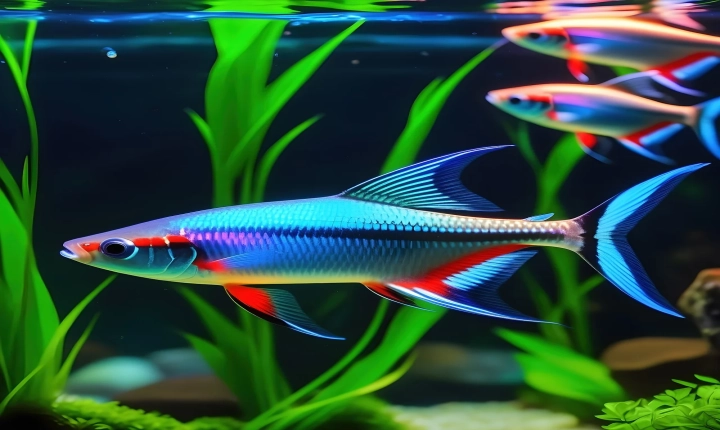In recent years, artificial intelligence (AI) has revolutionized the field of photography, offering new and exciting ways to capture and edit images. From automated image recognition to advanced editing tools, AI has opened up a world of possibilities for photographers of all skill levels. In this article, we’ll explore how to leverage AI for photography, from capturing stunning images to enhancing and optimizing your shots.
1. AI-Driven Image Recognition: AI-powered cameras and smartphones are changing the game by automatically recognizing scenes, subjects, and even people in real-time. Using AI object recognition, cameras can adjust settings such as exposure, focus, and white balance to ensure the best possible shot. This feature is particularly useful for capturing fast-paced or unpredictable subjects, such as wildlife or action photography.
2. AI-Enhanced Image Editing: AI-powered photo editing tools offer a wide range of features, including automatic color correction, noise reduction, and image enhancement. These tools use machine learning algorithms to analyze and improve the quality of your photos, saving you time and effort in post-processing. With AI, you can transform ordinary snapshots into professional-quality images with just a few clicks.
3. AI-Generated Artistic Effects: AI algorithms can also be used to create stunning artistic effects, such as turning photos into paintings, sketches, or even 3D renderings. Using AI art filters, photographers can experiment with different styles and aesthetics, adding a unique touch to their images. This allows photographers to explore new creative possibilities and develop their own signature visual style.
4. AI-Powered Composition Assistance: Getting the perfect composition can be a challenge for photographers, especially when working in dynamic or fast-paced environments. AI composition assistance tools can help by providing real-time feedback and suggestions for framing, rule-of-thirds, leading lines, and other composition techniques. With this guidance, photographers can improve their composition skills and capture more compelling images.
5. AI-Driven Image Search and Organization: With the growing number of digital photos, organizing and searching through image libraries can be a daunting task. AI-powered image search and organization tools use advanced algorithms to automatically categorize, tag, and index photos based on their content. This makes it easier to find specific images and manage large collections efficiently.
6. AI-Enabled Image Restoration: AI technology can also be used to restore old, damaged, or low-quality images. By applying advanced image processing techniques, AI algorithms can remove scratches, dust, and other imperfections, as well as upscale low-resolution images without losing quality. This opens up new possibilities for preserving and restoring historical or sentimental photographs.
In conclusion, AI has significantly impacted the way photographers capture, edit, and manage images. By leveraging AI-driven tools and techniques, photographers can streamline their workflow, enhance their creative vision, and produce stunning, high-quality photographs. As AI continues to evolve, it will undoubtedly open up new frontiers in the field of photography, empowering photographers to push the boundaries of their artistry. Whether you’re a professional photographer or an enthusiast, embracing AI in photography can help you take your work to the next level.
